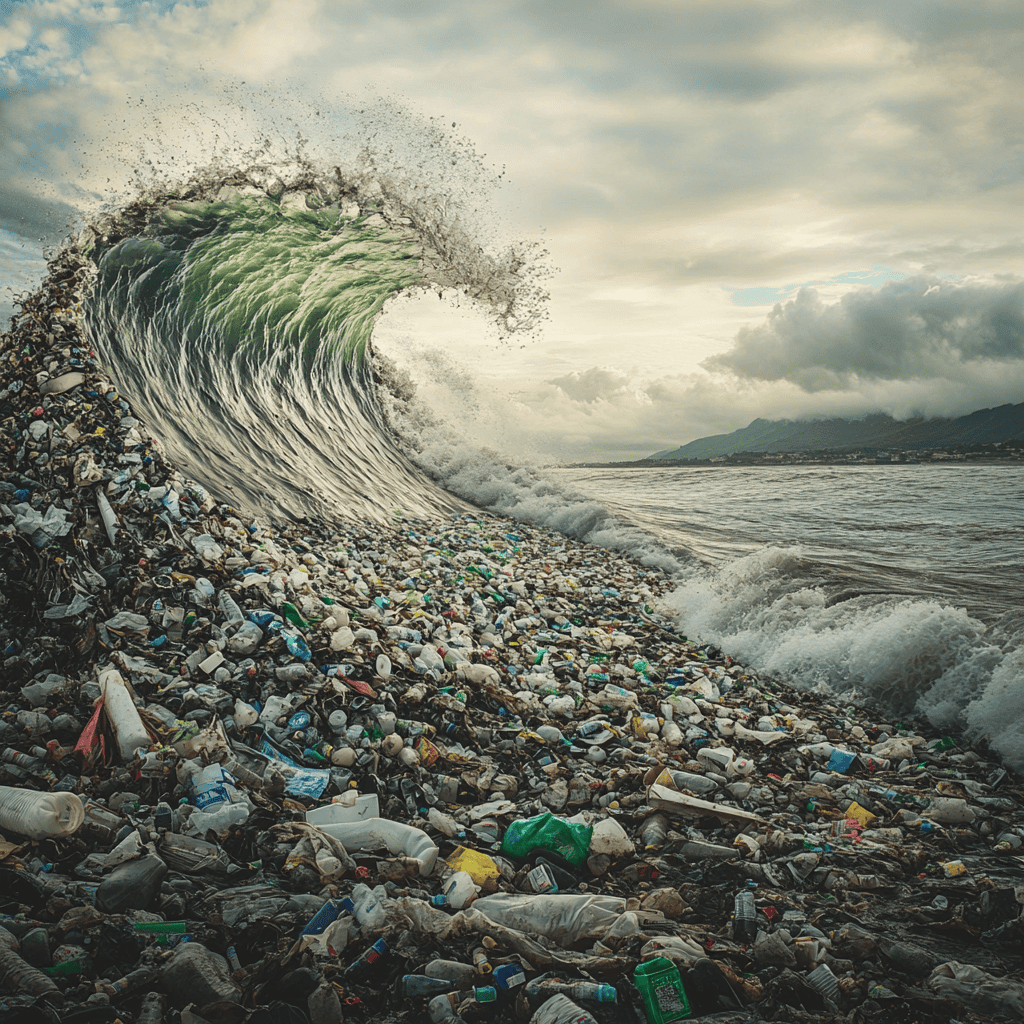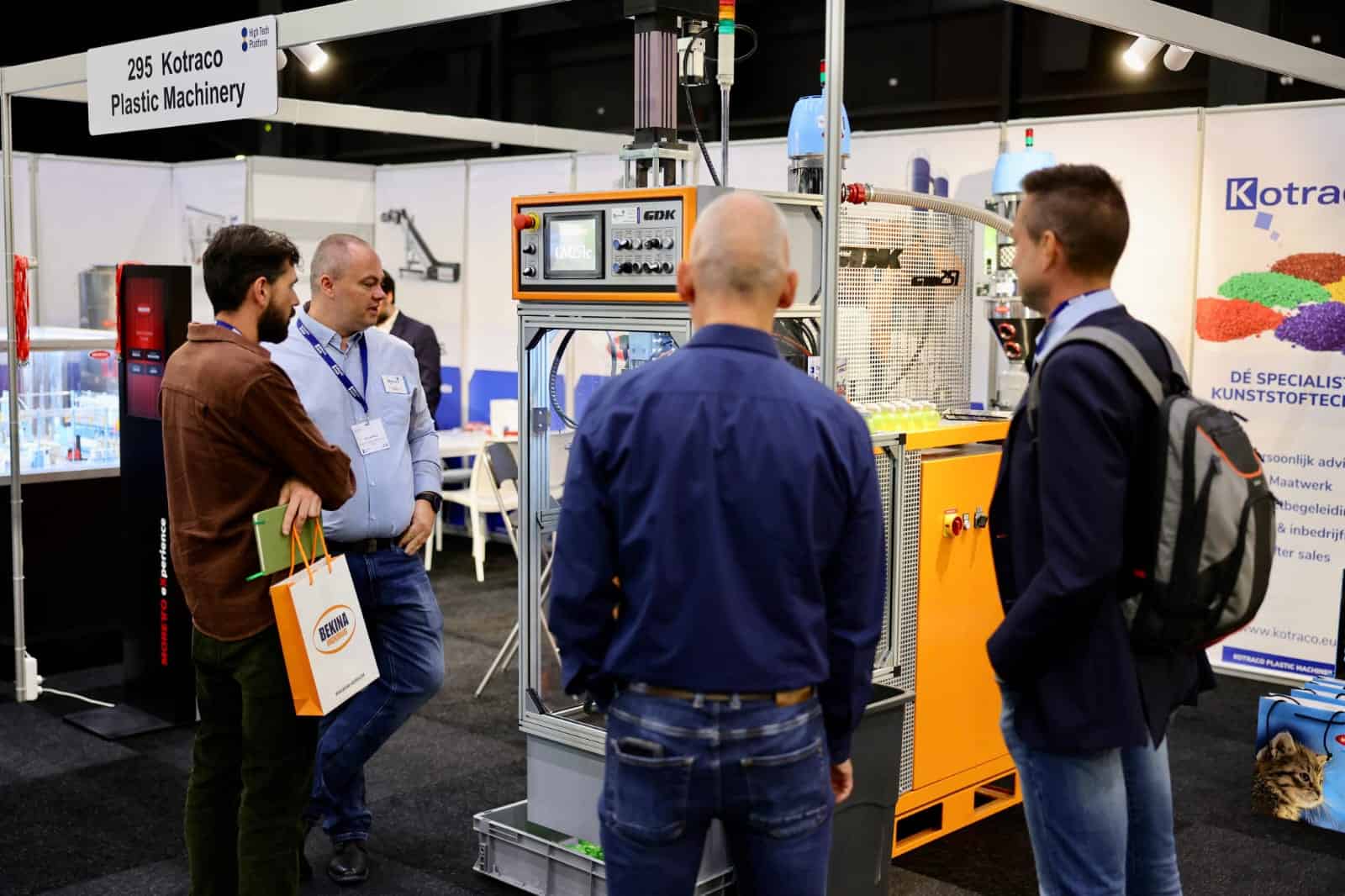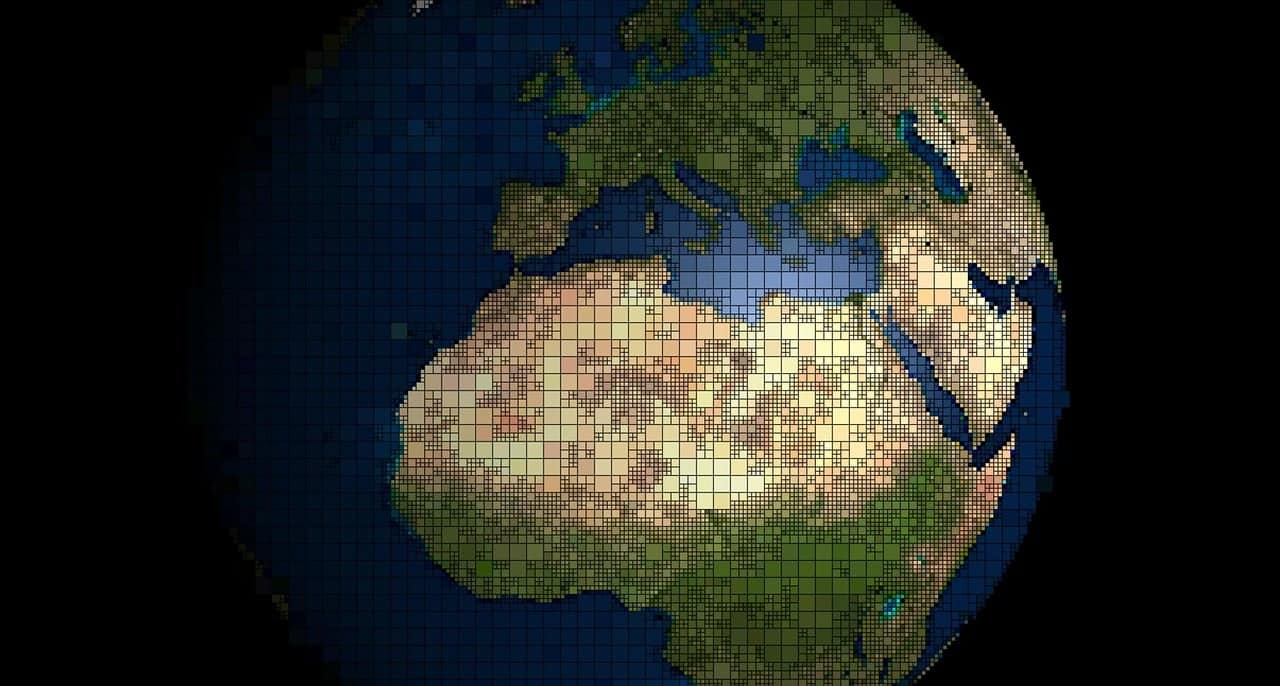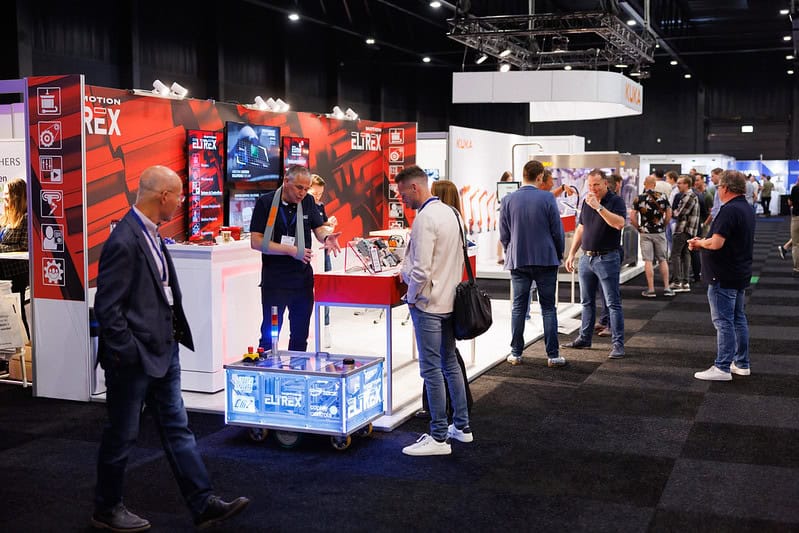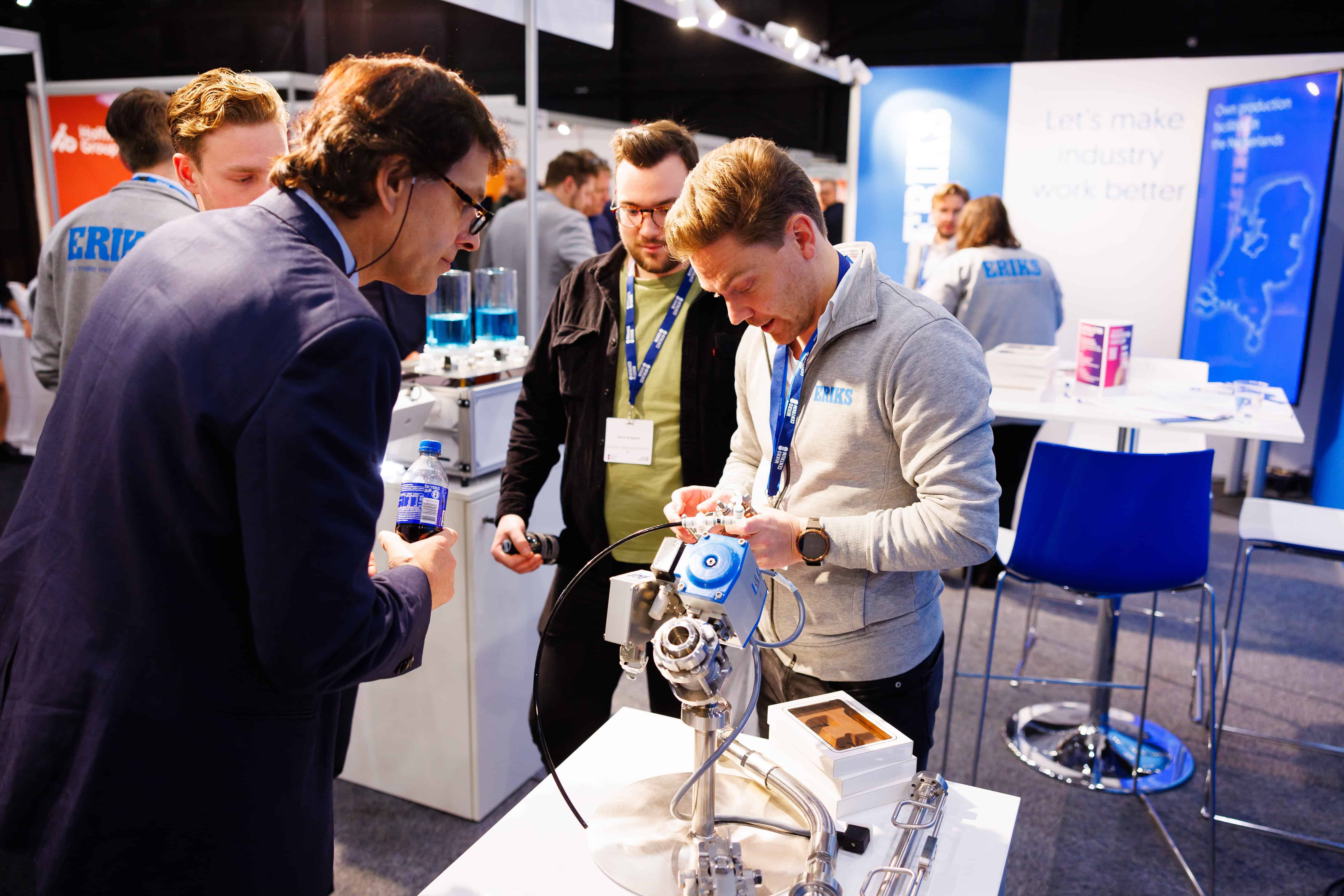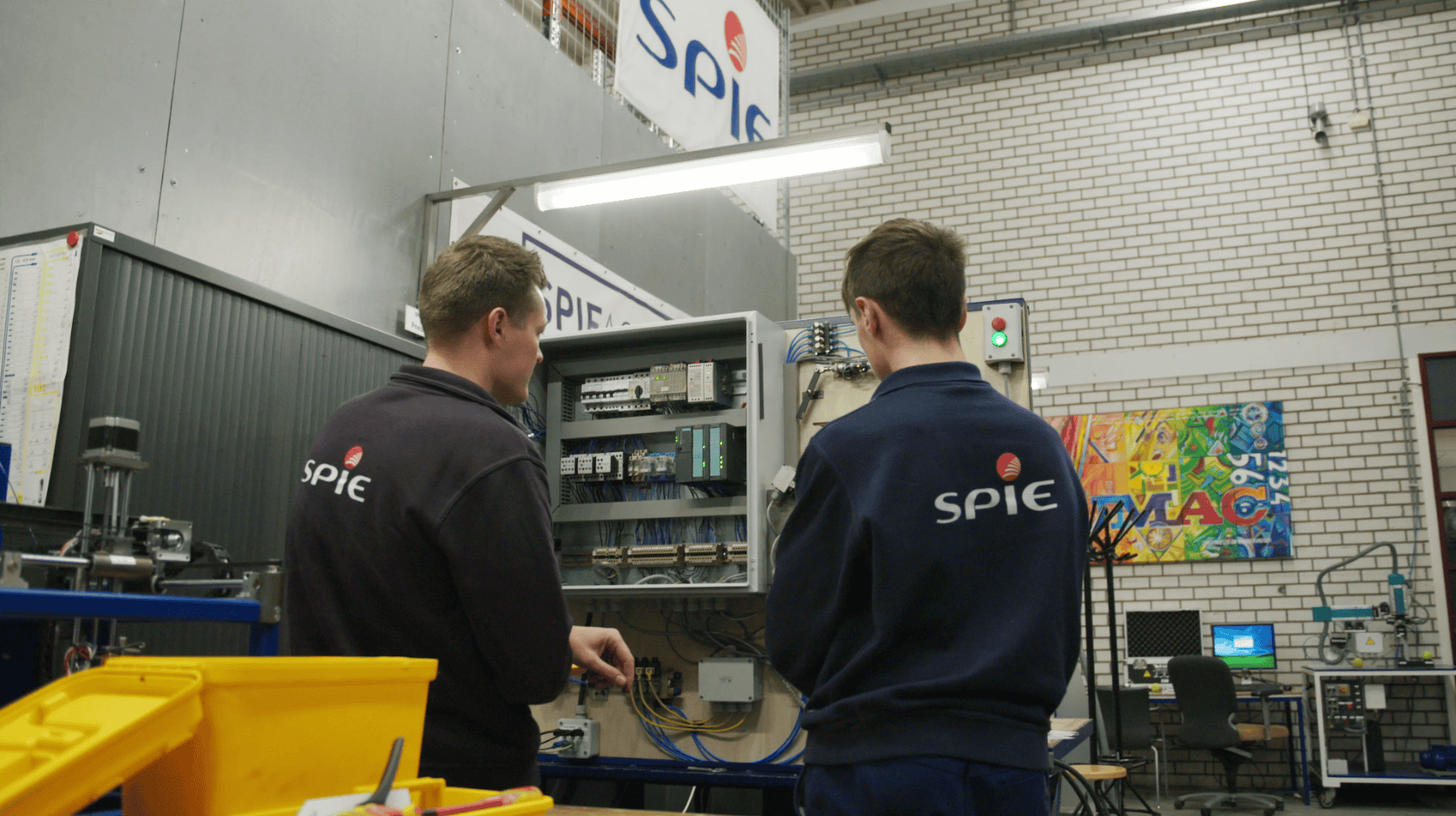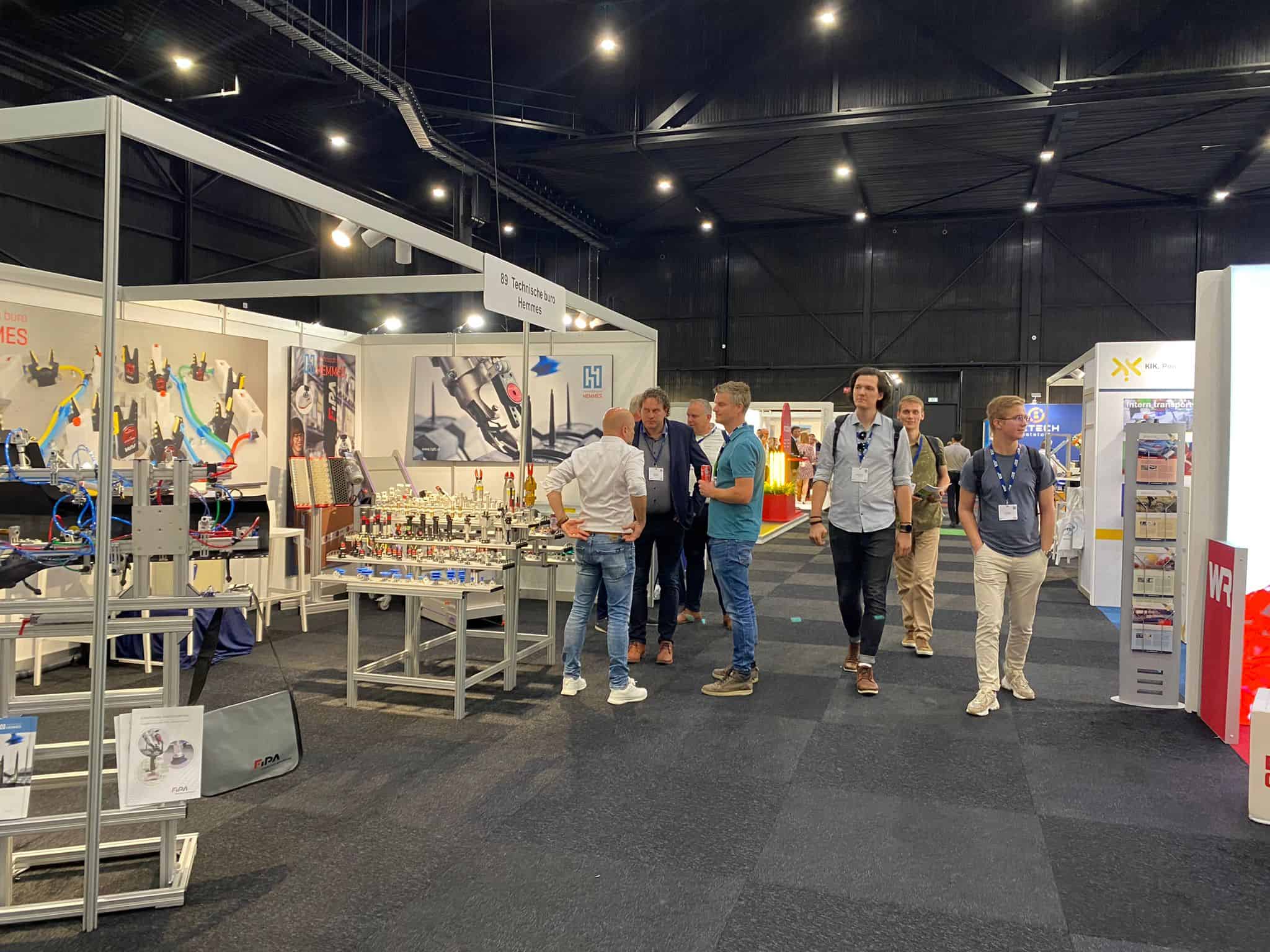
Anyone wanting to know something about the state of the plastics and rubber industry was in for a treat in the Brabanthallen over the past few days. No detail remained unsaid, no suggestion was forgotten and no vista was hidden. Of course, at the Mikrocentrum-organized Plastics Fair there were the usual highlights from the industry itself, but thanks to a full program of lectures, debates, and discussions, visitors also got to know all about the technical opportunities, the societal challenges, and the latest government intentions.
To start with the latter, Sandra Onwijn, Head of the Circular Economy Department at the Ministry of Infrastructure and Water Management, explained the impact of climate measures on the sector. Namely, national regulations are forthcoming to accelerate circular plastic chains. Companies will receive financial support when this “circular plastic standard” is introduced. “A great opportunity for the industry,” she said.
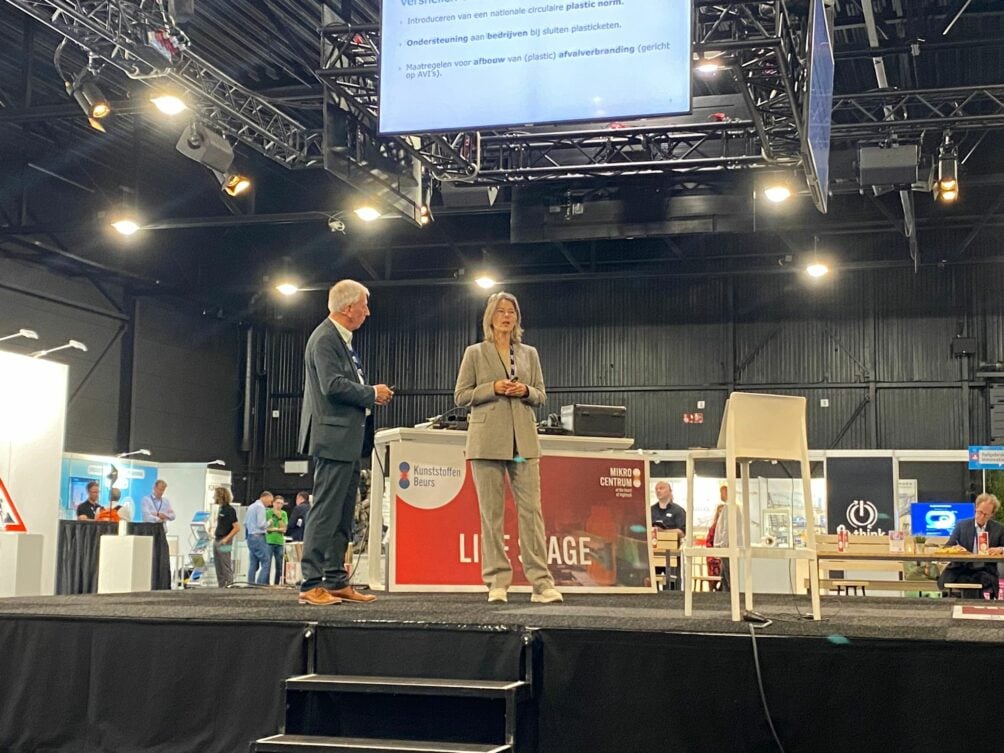
But even apart from that, it is worthwhile for a plastic producer or processor to delve into the details of the scheme, she added. “Of course, there was already a plastic policy and we will continue with that. But because of the sharper climate and environmental targets, there is a need to accelerate this.” The circular plastic standard means not only stricter rules and controls, Onwijn promised, but also incentive policies. And that is precisely what the sector can benefit from, she expected. “We are already ahead here in the Netherlands, but if we get it right, this can only increase our lead.”
Sustainability and innovation
What also became apparent during the Plastics Fair is that this event is far from being of interest only to the industry itself. Not for nothing were there representatives of organizations such as Urgenda, the Plastic Free Sea Foundation, the Top Sector Chemicals, and of many knowledge institutions from home and abroad. It all connected well with the central themes of this fair: sustainability and innovation took center stage for two days. For example, the Rethink Awards were the closing event of Day 1 (with Carlisle Construction Materials, Faerch, and Circular Plastics Factor as inspiring award winners in their categories) and there were matchmaking sessions throughout the second day by Circular Plastics NL. To take advantage of the grants linked to various tenders and calls from the government, people were busy brainstorming the best proposals. We will probably see a lot of this in the coming months.
Also interesting were the lectures. No less than fifty different presentations, keynotes, and speeches were on the program, again with something for everyone. For example, Erwin Zant (Polymer Science Park) explained how renewable resources, waste prevention, and the reduction of CO2 emissions could lead to a better balance between production, need, and climate protection. “For this, we desperately need the plastics sector, and that means we need to innovate faster and set up the plastic value chain smarter through a commitment to high-quality recycling, biobased, and good product design.”
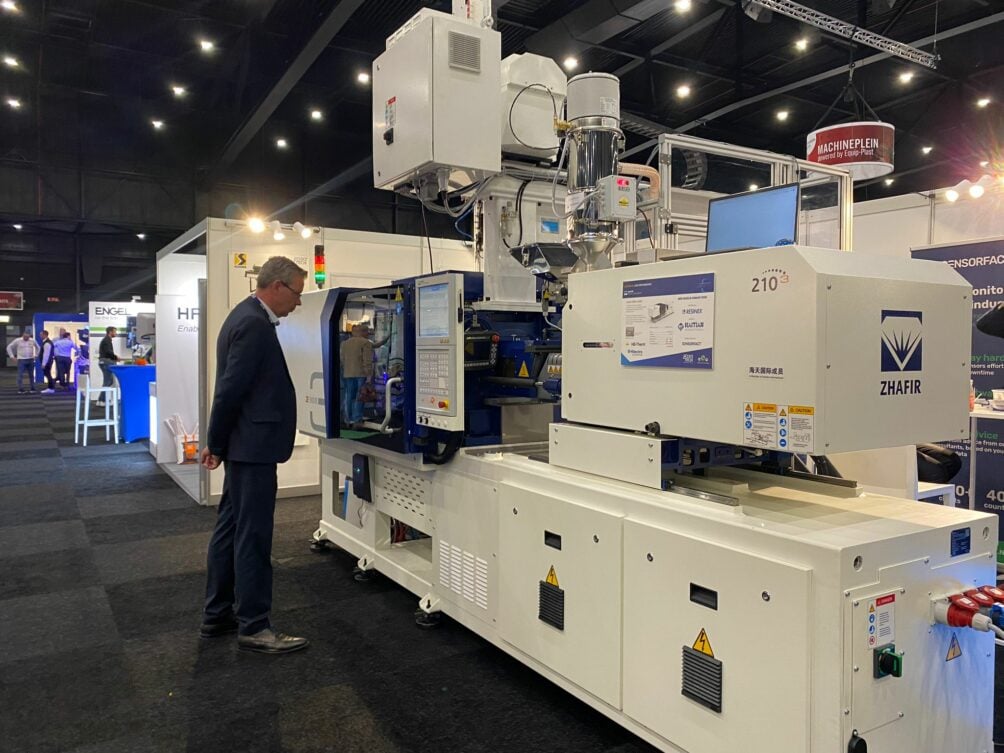
Machine Square
The Machinery Square was the already well-known heart of the Plastics Fair. Here, international and national exhibitors showcased state-of-the-art technology for the plastics and rubber industry. It turned out to be exactly where the fair’s second theme, “pride in plastics”, came into its own. Here, too, sustainability was the order of the day, concretely translated into reduced CO2 emissions and lower energy consumption. Because, indeed, sustainability is not just about recycling plastics. Reducing energy consumption is also a welcome solution, as can be achieved with Ferromatik’s fully electric injection molding machine that could be admired on the Machine Square. Interest turned out to be high: electric injection molding is in great demand partly due to higher energy prices.
Right starting position
That enthusiasm and pride also applied to the ministry, as Sandra Onwijn explained: “I just walked around here and spoke to a number of people. What immediately becomes clear: an incredible amount of technology and expertise is already available in the Netherlands. We definitely have the right starting position as a country to become a frontrunner here. And that’s what we’re betting on.”
Where the Netherlands now stands on the world map of circular plastic, Onwijn could not say exactly. “But I do know that a standard is also being considered in Europe. The Netherlands is leading the way in that. And we do that consciously; we are ambitious. Particularly to allow the business community to take that frontrunner position. Millions will be released that companies can use in their process towards circularity. So see this as an opportunity you can seize right now.”



